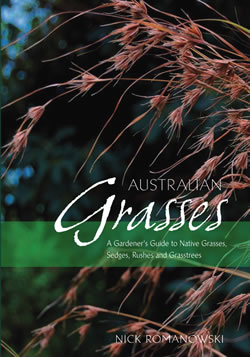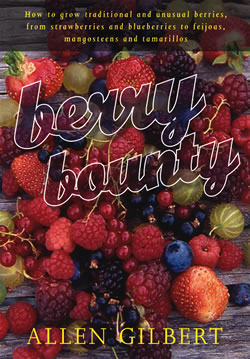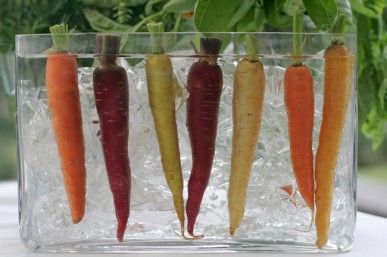 Australian Grasses, A gardener’s guide to native grasses, sedges, rushes and grasstrees.
Australian Grasses, A gardener’s guide to native grasses, sedges, rushes and grasstrees.
Introduced grasses have been popular in our gardens for many years now but not native grasses. To help encourage wider use of Australian grasses we have needed a well-written, accessible book on how to grow and use them, and finally we have one. Nick Romanowski obviously has a passion for, and wide-ranging knowledge of, this subject. In chapter 4 he profiles more than 200 native grasses, sedges, rushes and grasstrees and from the numerous photos we can see that many Australian grasses are as beautiful as the introduced grasses. They also have the added bonus of providing food and shelter to native animals, insects and birds, and unlike introduced grasses, very few of them are weeds or have weedy potential. The early chapters explain the differences between the different forms of grasses, as well as how they can be used in the average garden – lawns, borders, mounds, water gardens, bogs, formal and semi-formal beds and finally in pots. Growing, propagating, maintaining and even eating the grasses is also covered. Read more
 Berry Bounty, How to grow traditional and unusual berries, from strawberries and blueberries to feijoas, mangosteens and tamarillos.
Berry Bounty, How to grow traditional and unusual berries, from strawberries and blueberries to feijoas, mangosteens and tamarillos.
I’ve never quite mastered the art of growing berries but I’m hoping this book will make the difference. Allen Gilbert is a well-known and very experienced garden writer who has grown most of the berries described in the book. He is very much a hands-on gardener with books on citrus, tomatoes, nuts, apples and espalier already published. He starts this one by defining berries. Many plants that we think of as berries (strawberries and blackberries for instance) are not technically berries. While plants such as guavas, magosteens and persimmons are berries (botanically speaking). So the first part of the book covers those plants that are generally believed to be berries, namely blueberries, brambleberries, cranberries, currants, elderberries, gooseberries, jostaberries, mulberries, raspberries and strawberries. The second half looks at botanically true berries that are not included in the above list. Cape gooseberries, Chilean guava, feijoas, goji berries, guavas, jaboticabas, kiwi fruit, mangosteens, passionfruit, pawpaws, pepinos, pepperberries, persimmons, pomegranates and tamarillos. It is a great mixture of common and unusual fruits and covers everything from how to propagate, grow and harvest, to pests and diseases and how to deal with them organically, as well as some well-chosen recipes showing how to use the fruit when ripe. Read more

Colourful heirloom carrots
The early Romans grew purple and white carrots, but it is believed that the first purple carrots came from Afghanistan, Pakistan and northern Iran. Purple, white and yellow carrots were imported to southern Europe in the 14th century and were widely grown in Europe into the 17th Century. Our familiar orange carrots only appeared in 16th century Holland when patriotic Dutch growers used seed from purple carrots and yellow Turkish carrots to produce orange roots, reflecting the colour of the ruling House of Orange. Over the ensuing centuries, orange carrots came to dominate and carrots of other colours were only preserved by growers in remote regions of the world. Purple and white carrots still grow wild in Afghanistan where they are used by some tribesmen to produce a strong alcoholic beverage. Read more
 Australian Grasses, A gardener’s guide to native grasses, sedges, rushes and grasstrees.
Australian Grasses, A gardener’s guide to native grasses, sedges, rushes and grasstrees.

